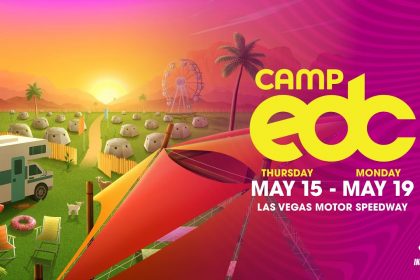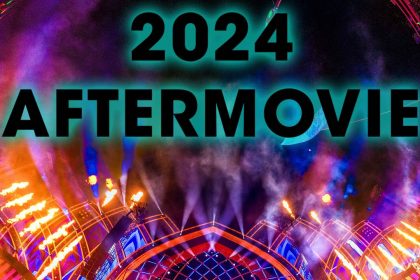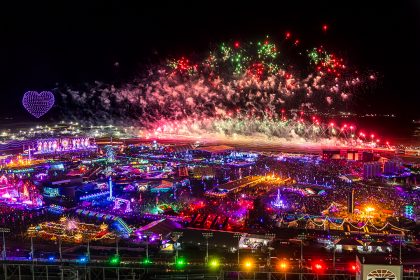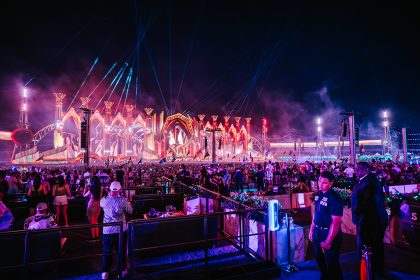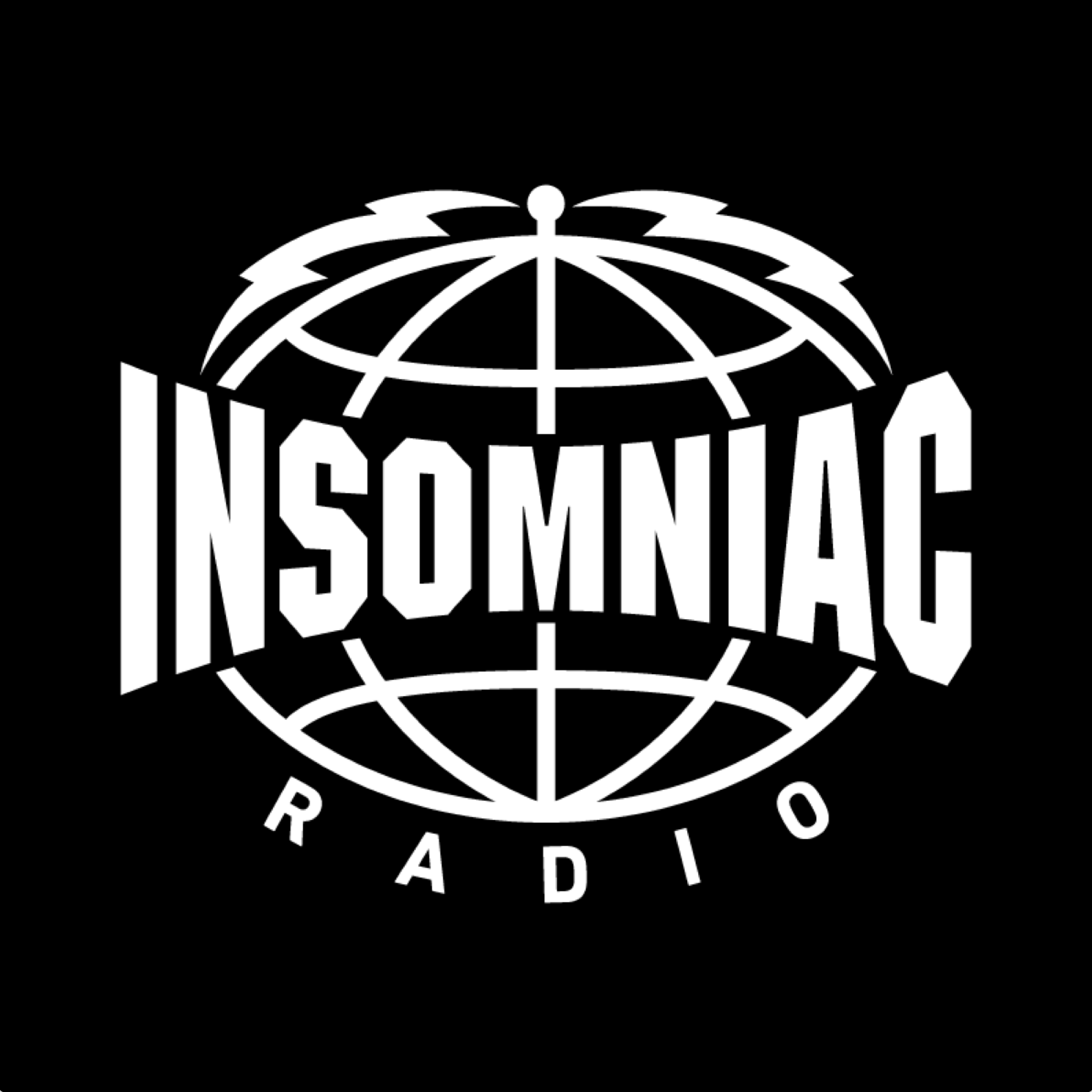The Best Medicine
Collaboration and communication: two things any successful festival needs in order to run a tight ship. Fireworks and pyrotechnics fly in unison with musical crescendos. Art cars navigate between eateries and carnival rides, dispensing audible treats to migrating Headliners. But moving among the crowds and operating behind the scenes are artists of a different sort—ones skilled in an alternate field of expertise. They are the caregivers of EDC, and their level of synchronous collaboration across multiple groups is its own manner of choreographed brilliance. From doctors and nurses to EMTs and law enforcement, dozens of health and safety personnel work together to create harmony among EDC guests and staff, and their responsibilities are orchestrated in part by two extremely capable human beings.
“I’ve had nurses who’ve said it was the best experience they’ve had, because the people say thank you. That makes a huge difference.”
Dr. Dale Carrison has served as the Medical Director for the Las Vegas Motor Speedway since 1996, but he holds the same credential for a number of other Las Vegas organizations, including the Clark County Fire Department and Mercy Air Aeromedical Transport. Pete Carlo, PA-C, MPAS, is the facility’s Assistant Medical Director. He and Carrison run C&C Medical Direction Specialists, an independent group that provides services for events, locations and organizations throughout the Las Vegas area. In conjunction with team members like MedicWest Ambulance Special Events Manager Glen Simpson, Nurse Coordinator Evelyn Lundell, and Insomniac Director of Health & Safety Maren Steiner—who oversees a team of 70s EMTs and paramedics from across the US—they work to ensure all of the groups at EDC are running smoothly.

“The goal,” says Steiner, “is to make sure everyone arrives safely and walks out the same way they came in.”
We spoke with Pete Carlo and Dr. Carrison about what goes into providing care for our Headliners, and how they, in turn, give the staff a dose of their own medicine.
Do you remember those first conversations about EDC back in 2011, before the show came to Las Vegas?
Dale Carrison: I had actually gotten a call from a friend who had done some of the EDC events in the L.A. area, and he said to me, “Hey Dale, I hear you’re having a rave out at the track.” I said, “What? You’re going to have to spell it. I’m not sure what that is.” He said, “R-A-V-E. The Electric Daisy Carnival.” I thought, damn, I better go on the internet and check out what this is. So I started learning about it, and I read everything about Insomniac and the Electric Daisy Carnival.
Pete Carlo: I walked into Dale’s office one day and he goes, “Have you ever heard of this electric flower festival thing? Look it up online.” So I did, and I called him back and was like, “Are you crazy?” He says, “We’re doing it. It’s out at the Speedway!”

Dale, how old are you?
DC: I’m 75.
Do you see parallels between EDC and the music or cultural movements you lived through?
DC: My thing is: Judge not, lest ye be judged. I was a deputy sheriff during the ‘60s and Vietnam. I experienced people attacking me and calling me a pig and threatening to kill me. I never got cynical about that. EDC is just another kind of music and generation, and I don’t make any judgments on that. The EDC crowds are probably the nicest I’ve ever been associated with. They don’t want to fight, and they appreciate what we do for them.
Is dance music something you listened to before EDC?
PC: Sure, I knew about it. Have I grown to like it over the last five years? Yes. I like Afrojack, and my wife listens to Avicii, so I’ve gotten a little bit into him.
I don’t know if people really understand the true magnitude of EDC’s medical preparedness, or the level of care that is provided to people, essentially free of charge. In all your years of practicing medicine, have you ever been a part of anything at the Speedway—or anywhere else—of this magnitude?
DC: No. We have an after-action, we do tabletop exercises beforehand, and every year we look and see what could we have done better. For example, we’ve developed a better triage area and separated it. The first year, 30 percent of the people we saw were workers, so we set up a different clinic for them. That leaves more attention on the patrons.
PC: Back in 1999, I was the guy who put together the medical plan for the Las Vegas Strip [New Year’s Eve event]. We expected about 250,000 people, so the health district and ambulance company I was working for at the time put me in charge and said, “Make a plan for 250,000 people and the madness that will ensue once the clock strikes midnight.”
For Y2K.
PC: Right, and it actually cut down on the number of patients back in 1999 that went to hospitals. Over time, it’s evolved to what we have now, but it’s something that the military has been doing it for 100 years. In the realm of EMS and taking the physician out of the hospital and putting them on the front line where the patients are, you can reduce the impact on your medical system. You want it like a city within a city. The city would be EDC within the city of Las Vegas.

What are some of the key adjustments you’ve made?
DC: The first has been adding a real triage area, which frees up lots of bed space. The other is defining what goes through our on-site medical facilities and what we would transport. Then there’s having a worker’s clinic for employees to go to.
Between doctors, nurses, EMTs and Ground Control, how many different medical groups are working together? Am I missing anyone?
DC: You can’t forget that law enforcement is a big part of that, too. The attendees will tell you that the Las Vegas Metropolitan Police Department is the best they’ve ever worked with when they go to one of these events. We’re a tourist town, you know. Our police are out there to make sure you have a good time and make sure no bad guys ruin it. So we’re working with the police, working with the fire department, because they have to oversee all the fireworks and make sure all the rides are safe. Then Ground Control, who act as sort of ambassadors. We have carts, bike teams, the paramedics and EMTs inside. We have to have water, so we make sure the water guy is there. We have to have ice. We have Insomniac’s team, we have MedicWest Ambulance. Then we have my emergency medical residents. It’s amazing how many people there are.
The triage area is decorated with daisies and ribbons. There’s a disco ball on the ceiling, and some of the nurses were wearing decorative sunglasses. Why is it important to make what would normally be a very bland environment so colorful and fun?
DC: We want to make it welcoming and make sure people know that all we’re here to do is take care of you. There’s nothing to be afraid of.

Have you ever gotten any letters or emails from people you’ve helped?
DC: I’ve had nurses who’ve said it was the best experience they’ve had, because the people say thank you. That makes a huge difference.
What effect do you think that has on the staff?
DC: I think it pops you up. I have ER nurses that ask their colleagues, “Why in God’s name would you go out there [to EDC]?” And they say, “Because the people are so nice.” We get letters and emails, yes, but what really makes a difference is just people saying, “Thank you for taking care of me.” I think it’s important for people to know that the medical staff are there for the fans and to provide the best medical care possible.
PC: To get a thank-you card or a hug at the end of treatment is really special for us. We went into this business because we care about people.
What’s your favorite part about this culture, or the show in general?
PC: The people are great; everyone’s happy. It gets a bunch of people together, and we do medicine in a semi-austere environment. We’re challenging ourselves. Why not challenge ourselves and have fun at the same time?

